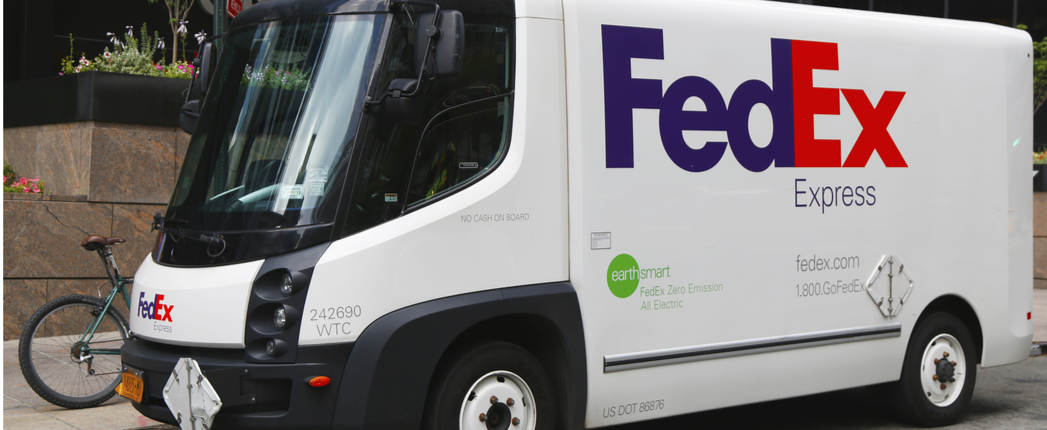
The introduction of multispeed gearboxes in medium- and heavy-duty electric vehicles will continue to offer opportunities in the service fill market, says an analyst at consultancy Kline & Co., which recently issued a new report on the commercial electric vehicle fluid market.
The number of electric medium- and heavy-duty commercial vehicles is growing apace. The global electric bus and heavy-duty truck stock hit 631,000 in 2020, representing a 23% increase over 2019, including a threefold increase in electric trucks, according to the International Energy Association.
Amazon, FedEx and Ikea, among other companies, are transitioning to zero-emissions or new energy vehicles, ordering tens of thousands of units each.
“The race to zero-emission technologies is already gaining traction in the commercial segment, driven by a number of factors,” Sharbel Luzuriaga, project manager at Kline Energy, told Electric Vehicles InSite. “One [is] the transfer of technological maturity reached in the passenger vehicle segment.”
In a relatively light passenger EV, a single-speed transmission has enough torque to propel the vehicle at sufficient speeds. A much heavier EV needs multispeed transmissions to counter the increased weight from a larger battery.
“This is creating a great opportunity for dedicated transmission fluids to address the additional frictional, but also electrical-thermal requirements,” Luzuriaga said.
There are other challenges for OEMs to overcome, notably regulations directly addressing emissions in the commercial segment, Luzuriaga pointed out.
The European Union rolled out its first carbon dioxide emissions targets for medium- and heavy-duty vehicles in 2019. Like its passenger car equivalent, the EU set reduction targets over time for the fleet average of newly manufactured trucks. Lawmakers in California are also in the process of approving similar commercial vehicle emissions restrictions.
Original equipment manufacturers are responding with a mix of solutions, like optimizing internal combustion engines to minimize emissions and diversifying fleets with low- and zero-emissions technologies. These include compressed natural gas, liquid petroleum gas and hydrogen fuel cells.
Other barriers include a lack of charging infrastructure, limited choice of vehicles and high prices, according to the IEA. However, penetration in light commercial EVs is higher compared to heavy duty, due to milder operational conditions, Luzuriaga said.

Sorry, a technical error occurred and we were unable to log you into your account. We have emailed the problem to our team, and they are looking into the matter. You can reach us at cs@lubesngreases.com.
Click here link to homepage